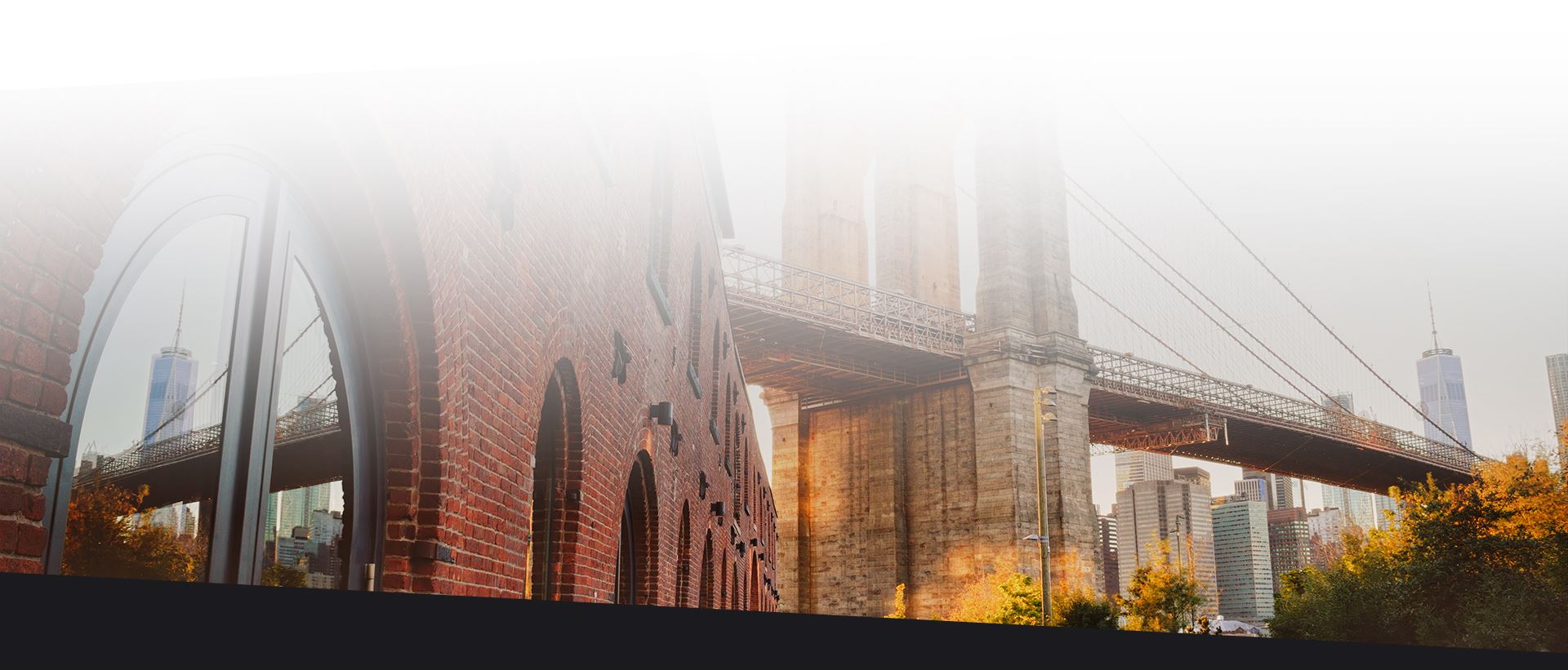The upcoming G train shutdown slated for this summer is poised to disrupt the daily commute for thousands of New Yorkers, particularly those in Greenpoint and other neighborhoods along the Brooklyn-to-Queens route. With planned shuttle buses unlikely to adequately address the surge in demand, there is a growing call for installing dedicated bus lanes to keep commuters moving smoothly.
It is a fact: On any given weekday, more individuals ride the G train, totaling 150,000, than the entire volume of vehicles on the Brooklyn-Queens Expressway, which stands at 130,000. The prospect of a lengthy shutdown on the BQE would undoubtedly make national headlines, prompting swift action from officials to minimize disruption. However, the same urgency is not always extended to subway closures, as evidenced by the G train’s impending 10-week “rolling shutdown” for signal improvements.
Scheduled to kick off this summer and extend through 2027, the G train closure will occur in three segments, with significant implications for affected communities. During this period, commuters will have to rely on replacement bus services, which are expected to operate at limited capacity and face challenges navigating rush hour traffic.
To address these concerns and maintain public confidence in the transit system, a growing consensus is that dedicated bus lanes along the replacement shuttle routes are essential. The city can facilitate efficient bus trips by implementing measures such as expanded curb space for bus stops and limited access for other vehicles while ensuring delivery access for local businesses.
The benefits of dedicated bus lanes extend beyond the immediate need to accommodate G train riders during the shutdown. They represent a cost-saving opportunity for the cash-strapped MTA, allowing for faster trips and improved on-time performance. Moreover, experiences from past subway shutdowns, such as the L train shutdown in 2019, demonstrated the effectiveness of dedicated bus lanes in mitigating disruptions and enhancing overall transit service.
As discussions around improving G train service post-construction continue, the focus remains on addressing the immediate challenges facing commuters during the upcoming shutdown. Dedicated bus lanes offer a straightforward solution to alleviate travel headaches and ensure that New Yorkers can navigate the city efficiently, even in the face of significant disruptions to the subway system.
Implementing dedicated bus lanes during subway shutdowns should become standard practice, providing a playbook for modernizing the subway while maintaining effective day-to-day service. By prioritizing the needs of commuters and embracing innovative solutions, the city can navigate future transportation challenges with confidence and resilience.
If you need help after an accident, contact Rubenstein & Rynecki. Call 718-522-1020 or complete our online form. Located in Brooklyn, we serve clients in New York City, including The Bronx, Manhattan, Queens, and Staten Island.






